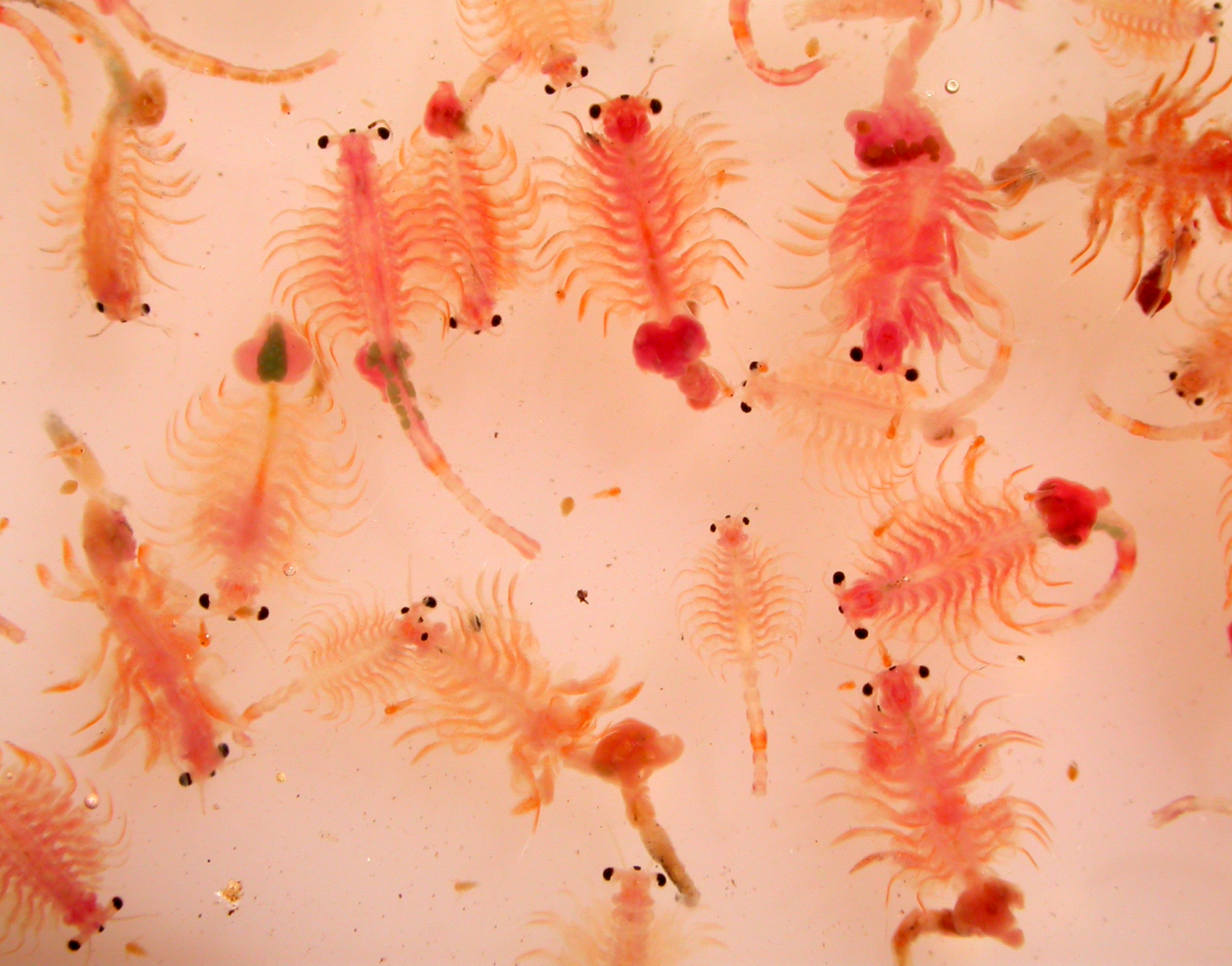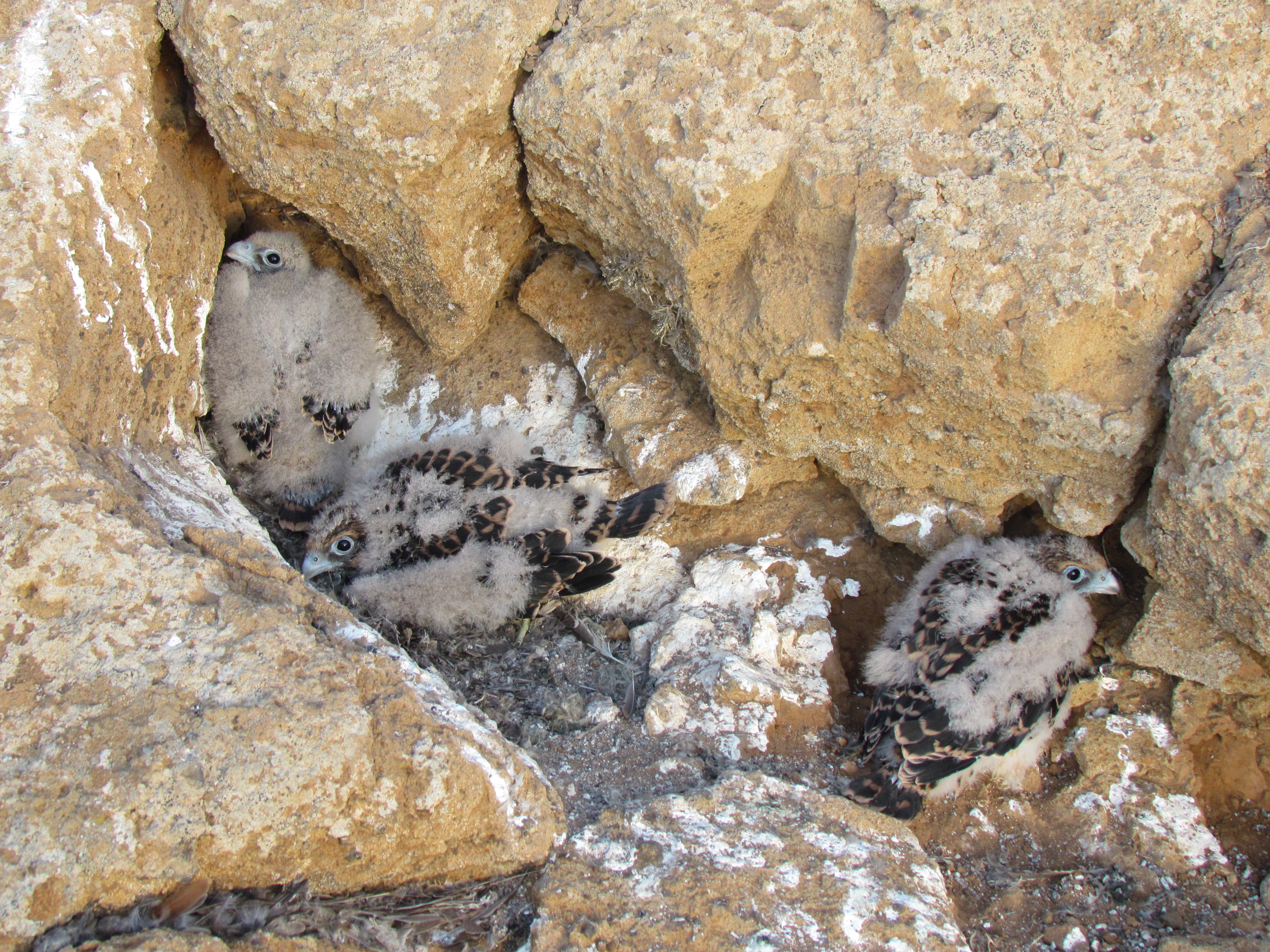Dynamics of avian pathogens
The emergence of new diseases and re-emergence off old ones is an important component of global change. Many of these emerging infectious diseases are zoonosis and have its main reservoirs in birds. We focus on three different pathogens: West Nile virus, avian influenza and avian malaria. Besides the risk supposed by some of these pathogens to human health, pathogens can play an important role in the regulation of wild birds populations, and have important effects on host ecology and life-history strategies. We have identified ecological factors related to interspecific differences in the exposure to West Nile virus, avian haematozoa and some other parasite groups in the wild, that may help to set-up i.e. West Nile virus monitoring programs in the field.
Our current research aims to determine the factors related to West Nile virus circulation in Spain. For this we are focussing on the prevalence of antibodies in birds, virus in mosquitos, and changes in mosquitos feeding preferences. We are also monitoring the circulation of low pathogenicity influenza in wild birds to understand the factors related to changes in virus prevalence and the potential impacts of infection of animals health. For this we are monitoring the transmission rates of the different pathogens to determine the environmental, ecological and genetic factors related to the transmission rates in the populations and risk and impact of infection at the individual level.
Selected publications
2017 | Avian phenotypic traits related to feeding preferences in two Culex mosquitoes
2018 | Avian malaria infection intensity influences mosquito feeding patterns
2018 | Do avian malaria parasites reduce vector longevity?
2018 | Does bird metabolic rate influence mosquito feeding preference?
2019 | Urbanization and blood parasite infections affect the body condition of wild birds
2019 | Filarial worm circulation by mosquitoes along an urbanization gradient in southern Spain
2019 | Experimental reduction of host Plasmodium infection load affects mosquito survival
2019 | Pathogen transmission risk by opportunistic gulls moving across human landscapes
2016 | Effects of landscape anthropization on mosquito community composition and abundance
2012 | Feeding patterns of potential West Nile virus vectors in south-west Spain.
2007 | Seroconversion in wild birds and local circulation of West Nile virus, Spain















 1
1 2
2 3
3 4
4 10
10 5
5 6
6 7
7 8
8 9
9 11
11 12
12 13
13 14
14











